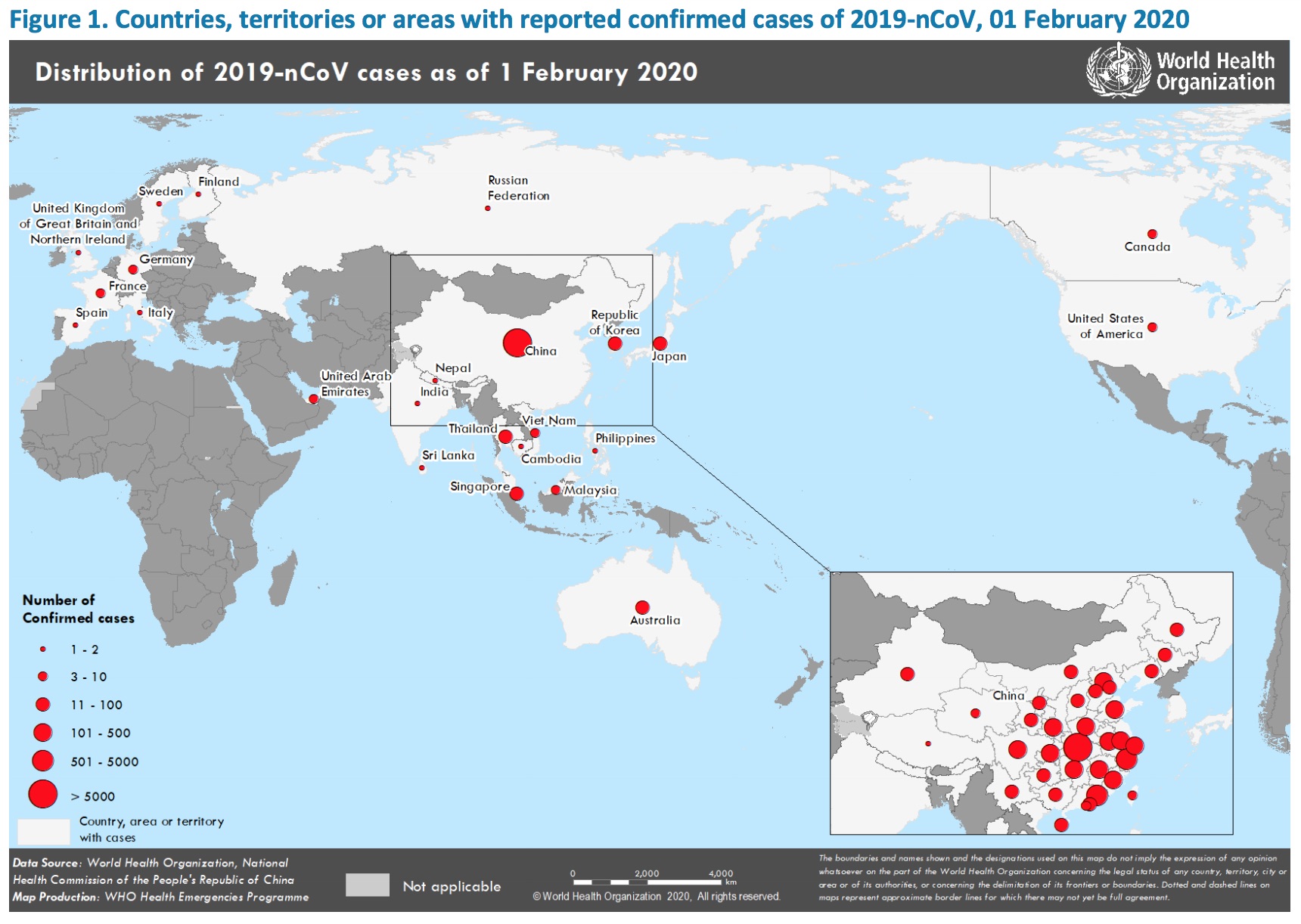Third Case of Coronavirus Confirmed in California
Public Health Emergency Declared by United States

The risk to the public from the Wuhan virus remains low, Dr. Sara Cody said on Friday while announcing the third 2019 novel coronavirus patient in California. Only identified as a man who had returned from Wuhan via Shanghai to his home in Santa Clara County on January 24 through San Jose International Airport, the man had stayed home and not ventured out except to twice visit health-care providers when he began to feel sick. He is recovering at home, said Cody, who is the public health officer for Santa Clara County, where family members are looking after him. He did not require hospitalization.
Also on Friday, according to numerous press reports, the Trump administration declared a public health emergency and banned noncitizens from entering the U.S. if they’d been to China in the past two weeks; Permanent residents or immediate family members of U.S. citizens are excluded from the ban. Americans returning from China’s Hubei Province as of February 2 are to be quarantined for up to 14 days. Additionally, major airlines in the U.S., Canada, Iran, and Africa have canceled flights to and from China.
The novel coronavirus — which has put U.S. authorities on alert for possible infected persons coming from its epicenter in the central China province of Hubei — is not “circulating,” said Cody, unlike influenza, which is at its height right now. Hospitals and doctors are seeing flu patients, as they do every winter, whereas the Wuhan virus has produced only seven U.S. patients so far. She noted that the novel coronavirus is dwarfed by influenza, which averages a mortality rate of 36,000 people in the U.S. annually.
In the U.S. overall, the Centers for Disease Control announced in its Friday update that 241 cases were under investigation in 36 states. Of those, 114 were negative for 2019-nCoV.
Worldwide, on January 30, because of the continuing spread to new countries, the World Health Organization’s Emergency Committee declared the outbreak to be a public health emergency of international concern. In the two days since then, more than 4,000 new cases were identified globally, and more than 100 new deaths reported. The manner of transmission was noted to be secondary or tertiary in a very few cases — patients who had not been to Wuhan or not been in contact with someone who had. With nearly 12,000 confirmed cases, the WHO global assessment put the disease risk as “high.”
In China, whose government received praise for quick action and cooperation, confirmed cases number 11,821, and the death toll rose to 259 people as of February 1. The majority of people who’d fallen ill are in Wuhan, but 33 of the country’s 34 governmental regions were affected. Outside China, 132 cases are confirmed in 23 countries with no reported deaths. The WHO Emergency Committee was advising countries to detect the disease early, isolate and treat cases, trace contacts, and promote social distancing.


